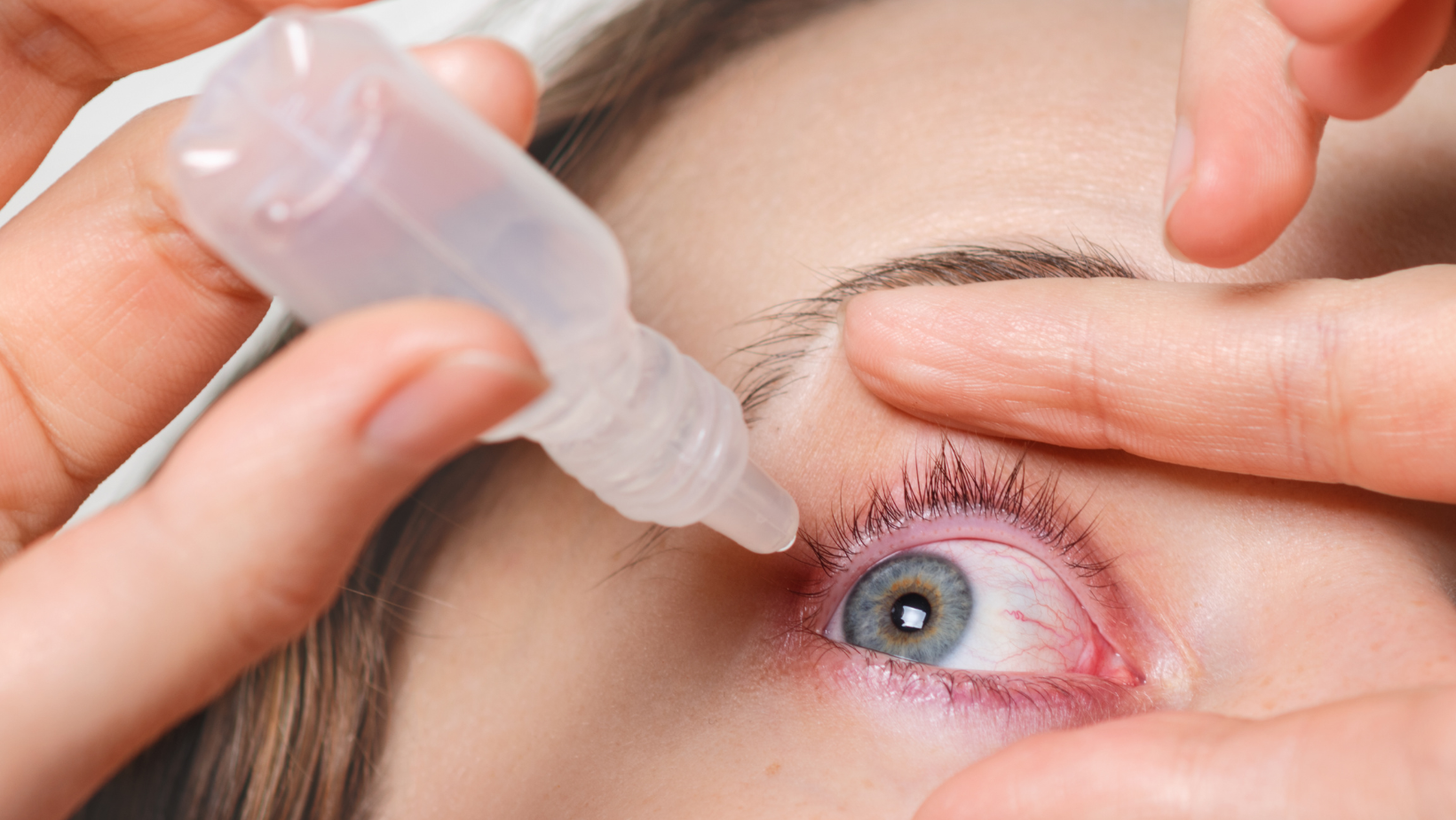
Conjunctivitis, commonly known as pink eye, is a highly contagious eye condition that affects individuals of all ages. It is characterized by the inflammation of the conjunctiva, the thin, clear tissue covering the white part of the eye and the inner surface of the eyelids. Conjunctivitis can be caused by various factors. The aim is to provide a comprehensive overview of conjunctivitis, discussing its causes, symptoms, and available treatments.
Symptoms of Conjunctivitis
The symptoms of conjunctivitis may vary depending on the underlying cause. Common signs and symptoms include redness and bloodshot appearance of the eyes, itching or a gritty sensation in the eyes, excessive tearing or watery eyes, discharge from the eyes, which may be clear, yellow, or green, swollen eyelids, sensitivity to light (photophobia), and crusty eyelashes or eyelids, particularly in the morning. (KidsHealth)
Causes of Conjunctivitis
Conjunctivitis can be caused by different factors, each requiring a specific approach for effective treatment. The following are the primary causes of conjunctivitis:
- Viral Conjunctivitis: Viral conjunctivitis is the most common form and is typically caused by a viral infection, such as adenovirus. It can be highly contagious and is often associated with cold or flu symptoms. (KidsHealth)
- Bacterial Conjunctivitis: Bacterial conjunctivitis is caused by bacteria, most commonly strains of Staphylococcus aureus, Streptococcus pneumoniae, or Haemophilus influenzae. It can spread through direct contact with infected individuals or contaminated surfaces. (KidsHealth)
- Allergic Conjunctivitis: Allergic conjunctivitis is triggered by allergens, such as pollen, dust mites, pet dander, or certain medications. It occurs when the immune system overreacts to these allergens, causing inflammation of the conjunctiva. (NEI)
- Irritant Conjunctivitis: Irritant conjunctivitis results from exposure to irritants, including smoke, chemicals, or foreign bodies, which can cause eye redness, itching, and discomfort. It is not contagious and typically resolves once the irritant is removed. (KidsHealth)
Treatment of Conjunctivitis
The choice of treatment for conjunctivitis depends on the cause and severity of the condition. It is essential to consult a healthcare professional for an accurate diagnosis and appropriate treatment. The following treatment options are commonly used for conjunctivitis:
- Viral Conjunctivitis: Viral conjunctivitis is typically self-limiting, and symptoms often improve within a week or two without specific treatment. Applying warm compresses and using artificial tears can help alleviate discomfort. However, antiviral medications may be prescribed in severe cases. (NEI)
- Bacterial Conjunctivitis: Bacterial conjunctivitis is usually treated with antibiotic eye drops or ointments to eliminate the bacteria causing the infection. It is important to complete the full course of antibiotics as prescribed to prevent recurrence. (KidsHealth)
- Allergic Conjunctivitis: Managing allergic conjunctivitis involves avoiding allergens whenever possible. Over-the-counter or prescription antihistamine eye drops may be recommended to alleviate symptoms. In severe cases, other medications, such as mast cell stabilizers or corticosteroids, may be prescribed. (NEI)
- Irritant Conjunctivitis: The primary treatment for irritant conjunctivitis involves removing or avoiding the irritant that caused the condition. Rinsing the eyes with clean water or saline solution can help flush out the irritant and provide relief. Artificial tears may be used to soothe the eyes. (KidsHealth)
Preventive Measures Guide
Conjunctivitis, or pink eye, is a common eye condition that can cause discomfort and affect daily activities. Understanding the causes, symptoms, and available treatment options can help individuals recognize and manage the condition effectively. By following proper hygiene measures and taking necessary precautions, individuals can minimize the risk of contracting conjunctivitis and prevent its spread within their communities. Now that school is back in session, parents will see an uptick in Pink-Eye infections. Here is what you should know and how to work with your child to be sure they know how to avoid getting pink eye from playground activities. Download this guide and post it in common areas at schools and gyms.
Works Cited
“Pinkeye (Conjunctivitis) (for Parents) – Nemours Kidshealth.” Edited by Rachel S. Schare, KidsHealth, The Nemours Foundation, Nov. 2020, kidshealth.org/en/parents/conjunctivitis.html.
“Pink Eye.” National Eye Institute, U.S. Department of Health and Human Services, www.nei.nih.gov/learn-about-eye-health/eye-conditions-and-diseases/pink-eye.
“Help Protect Yourself from Pink Eye Infographic.” Centers for Disease Control and Prevention, 2 Oct. 2017, www.cdc.gov/conjunctivitis/infographics/protect-yourself.html.
















